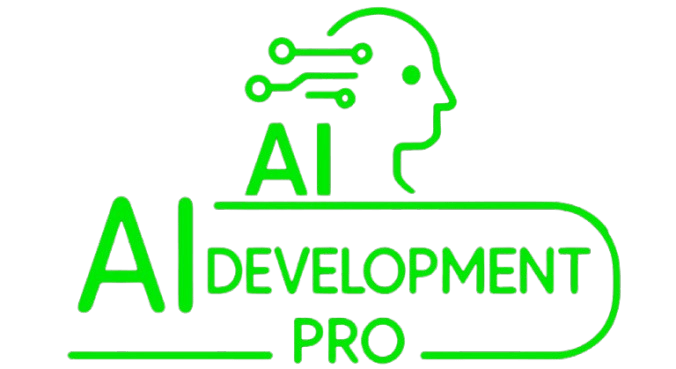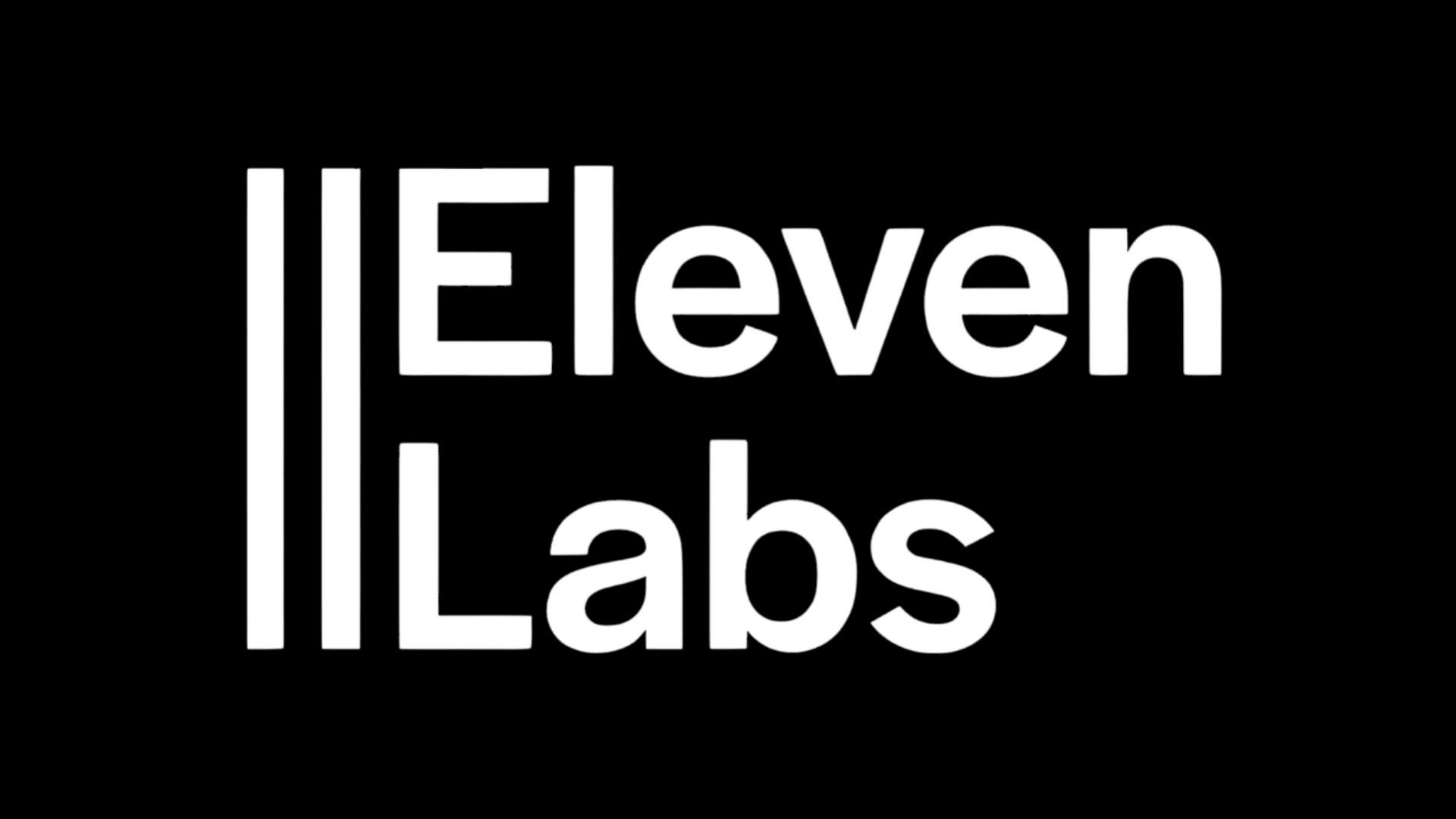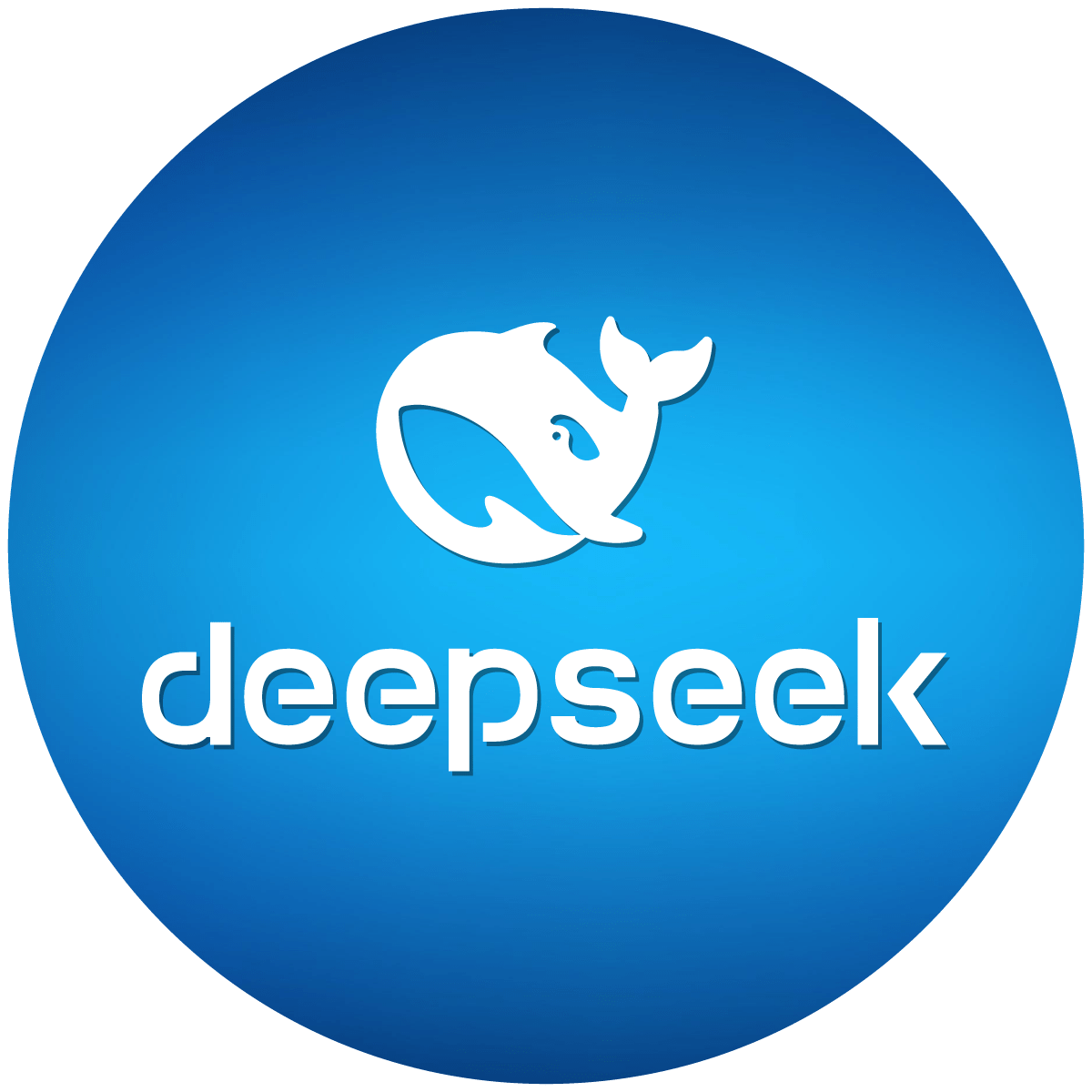

Lovable AI Development Steps to Build Engaging Software
Lovable AI Development Steps to Build Engaging Software
Artificial intelligence has transformed the way we interact with technology, making it essential for businesses and developers to understand how to build AI software that is not only functional but also engaging. Whether you're a startup founder, a software engineer, or a tech enthusiast, mastering the process of AI development can open doors to innovative solutions. This guide will walk you through the key steps of how to build AI software, from conceptualization to deployment, ensuring your project is both effective and user-friendly.
Understanding the Basics of AI Development
Before diving into how to build AI software, it's crucial to grasp the foundational concepts. AI software relies on machine learning, deep learning, and natural language processing to perform tasks that typically require human intelligence. These technologies enable applications like chatbots, recommendation systems, and predictive analytics.
Start by identifying the problem your AI will solve. For example, if you're developing a customer service chatbot, your goal might be to automate responses while maintaining a natural conversation flow. Research existing solutions to understand what works and where gaps exist. This initial step ensures your project has a clear purpose and avoids redundancy.
Choosing the Right Tools and Frameworks
Selecting the appropriate tools is a critical step in how to build AI software efficiently. Popular programming languages for AI development include Python, R, and Java, with Python being the most widely used due to its extensive libraries like TensorFlow, PyTorch, and scikit-learn.
Frameworks such as Keras and OpenAI's GPT models simplify the implementation of complex algorithms. Cloud platforms like AWS, Google Cloud, and Microsoft Azure offer scalable infrastructure for training and deploying AI models. For beginners, starting with user-friendly tools like Google's AutoML can help streamline the process without requiring deep expertise.
Data Collection and Preprocessing
High-quality data is the backbone of any AI system. Learning how to build AI software involves understanding how to gather, clean, and structure data effectively. Depending on your project, data sources may include public datasets, APIs, or proprietary information collected from user interactions.
Preprocessing steps like normalization, handling missing values, and feature engineering are essential to ensure your model performs accurately. For instance, if you're developing a sentiment analysis tool, you'll need labeled datasets of text samples to train your model. Tools like Pandas and NumPy in Python are invaluable for data manipulation.
Building and Training Your AI Model
The core of how to build AI software lies in designing and training your model. Begin by selecting an algorithm that aligns with your project's goals. For classification tasks, algorithms like Random Forest or Support Vector Machines (SVM) may be suitable, while deep learning models like Convolutional Neural Networks (CNNs) excel in image recognition.
Training involves feeding your model with prepared data and adjusting parameters to minimize errors. Use techniques like cross-validation to evaluate performance and avoid overfitting. Platforms like Google Colab provide free GPU resources for training complex models, making them accessible to developers with limited hardware.
Testing and Validation
Thorough testing ensures your AI software performs as intended before deployment. Split your dataset into training, validation, and test sets to evaluate the model's accuracy and generalization. Metrics like precision, recall, and F1-score provide insights into performance, especially for classification tasks.
AB testing can be useful for comparing different versions of your model. For example, if you're building a recommendation engine, test how different algorithms impact user engagement. Continuous testing and iteration are key to refining your AI solution.
Deployment and Integration
Once your model is trained and validated, the next step in how to build AI software is deployment. Containerization tools like Docker and orchestration platforms like Kubernetes simplify the process of deploying AI models at scale. APIs enable seamless integration with existing systems, allowing your AI to interact with other software components.
For cloud-based deployment, services like AWS SageMaker or Google AI Platform offer end-to-end solutions. Ensure your deployment environment is secure and scalable to handle increasing user demands. Monitoring tools like Prometheus can track performance and detect anomalies in real-time.
Enhancing User Engagement
Building engaging AI software goes beyond functionality-it requires a focus on user experience. Design intuitive interfaces that make interactions with your AI feel natural. For chatbots, incorporate personality traits and contextual understanding to create more human-like conversations.
Personalization is another powerful tool. Use AI to tailor recommendations or responses based on user behavior. For example, streaming platforms like Netflix leverage AI to suggest content based on viewing history, enhancing user satisfaction.
Maintaining and Updating Your AI System
AI software is not a one-time project; it requires ongoing maintenance. Regularly update your models with new data to improve accuracy and adapt to changing trends. Monitor user feedback to identify areas for improvement.
Implementing a feedback loop allows your AI to learn from real-world interactions. For instance, if users frequently correct a chatbot's responses, use this data to retrain the model. Staying updated with advancements in AI research ensures your software remains competitive.
Support our work by sharing on multiple social platforms. Join our community







